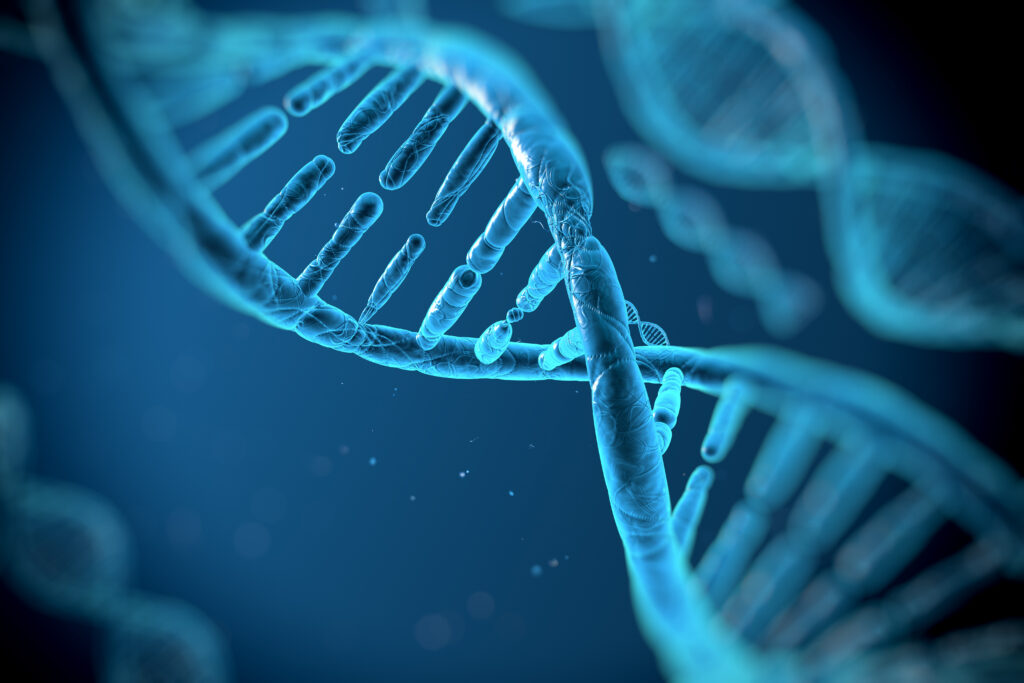Dear Readers,
An interesting paper appeared several months ago in an issue of the journal Genetics, “Waiting for Two Mutations: With Applications to Regulatory Sequence Evolution and the Limits of Darwinian Evolution” (Durrett, R & Schmidt, D. 2008. Genetics 180: 1501-1509). This is the first of five posts that discusses it. Cited references will appear in the last post.
As the title implies, it concerns the time one would have to wait for Darwinian processes to produce some helpful biological feature (here, regulatory sequences in DNA) if two mutations are required instead of just one. It is a theoretical paper, which uses models, math, and computer simulations to reach conclusions, rather than empirical data from field or lab experiments, as The Edge does. The authors declare in the abstract of their manuscript that they aim “to expose flaws in some of Michael Behe’s arguments concerning mathematical limits to Darwinian evolution.” Unsurprisingly (bless their hearts), they pretty much do the exact opposite. Since the journal Genetics publishes letters to the editors (most journals don’t), I sent a reply to the journal. I waited until the reply, and a response from the authors, was published in Genetics until posting about it here on my blog. The original paper by Durrett and Schmidt can be found here, my response here, and their reply here.
In their paper (as I write in my reply), “They develop a population genetics model to estimate the waiting time for the occurrence of two mutations, one of which is premised to damage an existing transcription-factor-binding site, and the other of which creates a second, new binding site within the nearby region from a sequence that is already a near match with a binding site sequence (for example, 9 of 10 nucleotides already match).”
The most novel point of their model is that, under some conditions, the number of organisms needed to get two mutations is proportional not to the inverse of the square of the point mutation rate (as it would be if both mutations had to appear simultaneously in the same organism), but to the inverse of the point mutation rate times the square root of the point mutation rate (because the first mutation would spread in the population before the second appeared, increasing the odds of getting a double mutation). To see what that means, consider that the point mutation rate is roughly one in a hundred million (1 in 10^8). So if two specific mutations had to occur at once, that would be an event of likelihood about 1 in 10^16. On the other hand, under some conditions they modeled, the likelihood would be about 1 in 10^12, ten thousand times more likely than the first situation. Durrett and Schmidt (2008) compare the number they got in their model to my literature citation (1) that the probability of the development of chloroquine resistance in the malarial parasite is an event of order 1 in 10^20, and they remark that it “is 5 million times larger than the calculation we have just given.” The implied conclusion is that I have greatly overstated the difficulty of getting two necessary mutations. In the next several posts I will show that they are incorrect.
